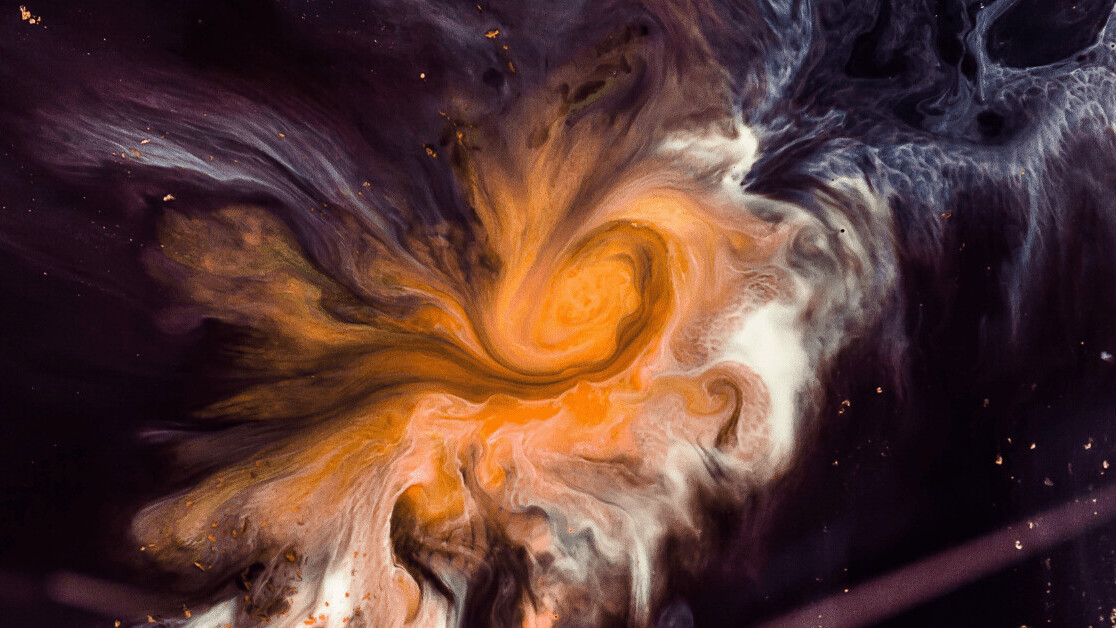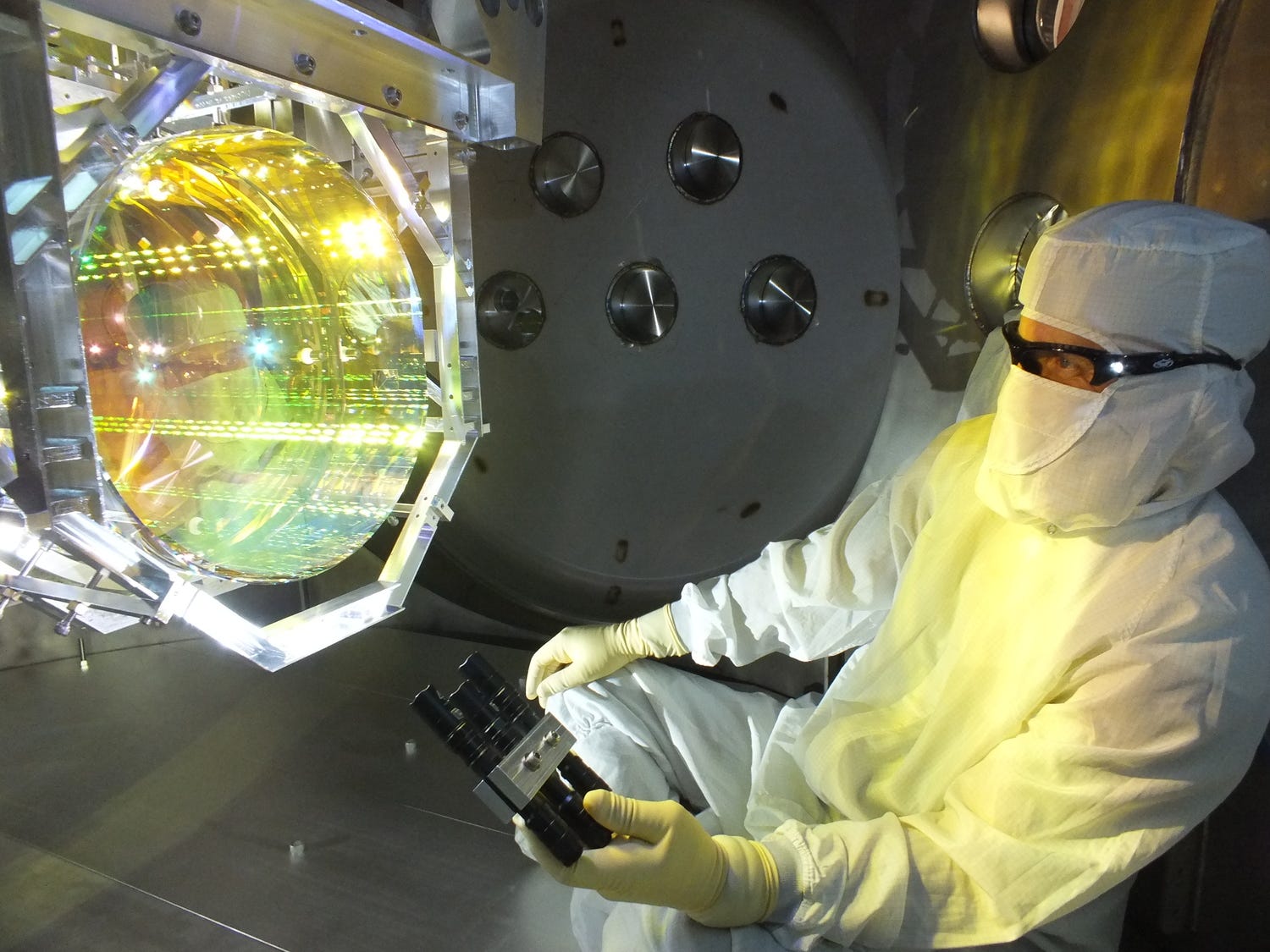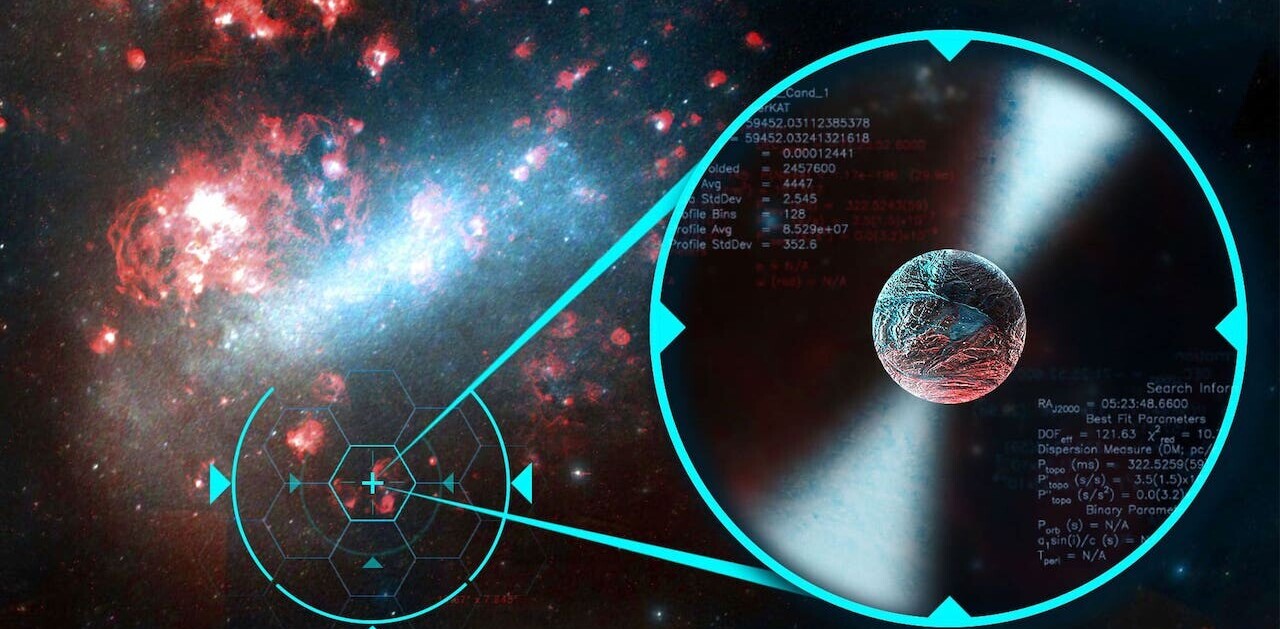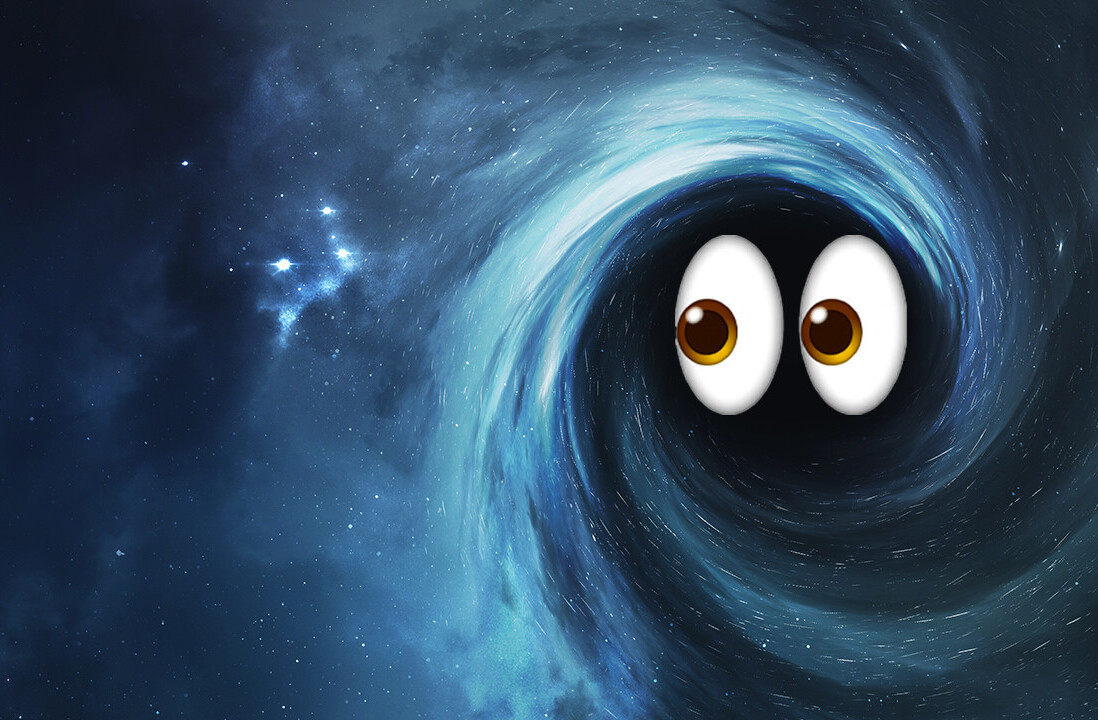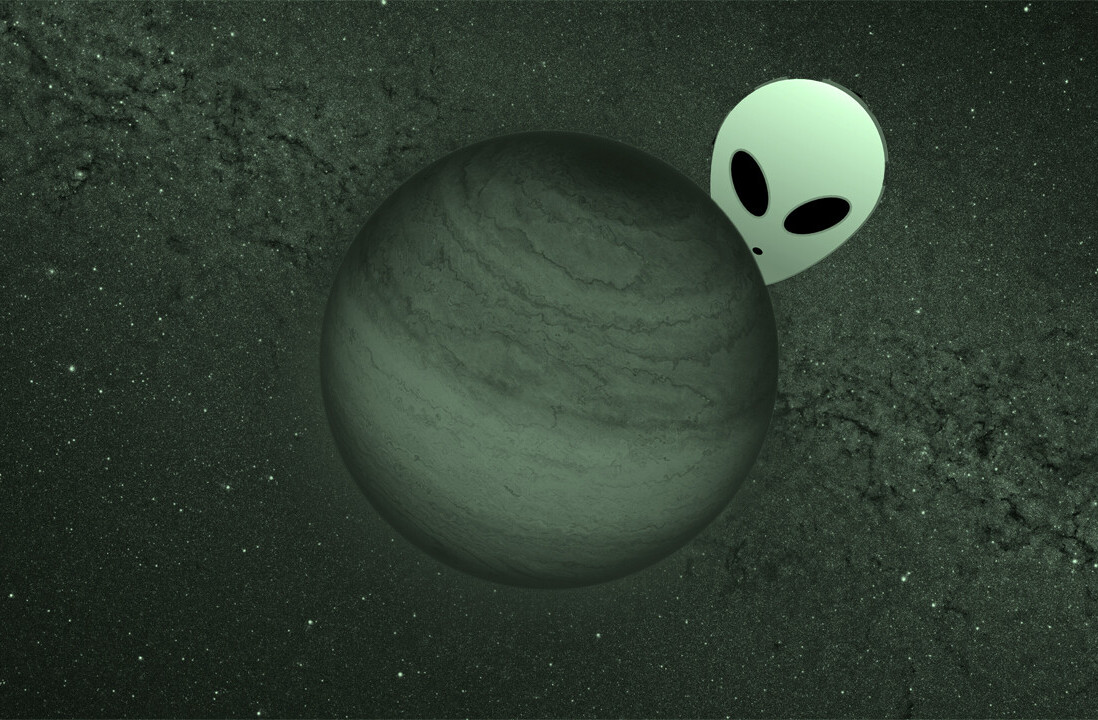Quark matter may join solid, liquids, gases, and plasmas as a newly-understood state of matter. Far from being exotic, a new study suggests that quark matter could make up a large percentage of the mass of some neutron stars.
Normal matter, out of which most stars are made, consists of atoms made up of positively-charged protons and/or neutral neutrons in their nucleus, surrounded by clouds of negatively-charged electrons. Under enormous gravitational forces, these electron clouds shatter, forming a “soup” of subatomic particles called nuclear matter.
Further compression merges electrons and protons, forming additional neutrons. This process creates neutron stars, like giant atomic nuclei the size of cities, composed largely of protons and neutrons. These spheres of subatomic particles are so dense that a thimbleful of this material would weigh more than Mount Everest.
These neutron stars can remain stable for long periods of time, but new research shows that even neutrons in the cores of these stars may, themselves, come apart under the immense pressure. Neutrons and protons are each composed of three quarks (even more elementary particles), which could be released by the enormous pressure, the study relates.
This process could, theoretically, lead to the production of neutron stars with quark cores. Although this idea was first suggested decades ago, the means to test the theory have, so far, proved fruitless, as even supercomputers are unable to do the myriad of calculations needed to test such a model.
By studying gravitational waves (ripples in spacetime) produced by collisions of neutron stars, and combining that data with theoretical predictions of nuclear reactions, a team of researchers in Finland believe they found a means to search for quark matter.
If matter within these bizarre collapsed stars behaves as this study suggests, then at least some neutron stars could possess quark cores more than half the size of the remains of the dead star.
“Confirming the existence of quark cores inside neutron stars has been one of the most important goals of neutron star physics ever since this possibility was first entertained roughly 40 years ago,” said Aleksi Vuorinen, Associate Professor in the Department of Physics at the University of Helsinki.
It may be possible (although not likely) that some stars are composed entirely of nuclear matter, researchers speculate. However, such bodies would possess certain highly-unusual characteristics — for one thing, the speed of sound within the material would be greater than half the speed of light within the body.
The bigger they come, the harder they fall
I am afraid neutrons will not be of any use to any one. — Sir James Chadwick when asked in 1932 if his discovery had practical importance.
As massive stars die, they go through periods of collapse and swelling, fusing heavier elements in their cores with each collapse. After losing material during each collapse, the most massive stars implode forever, becoming black holes. Those slightly less massive bodies form neutron stars.
These dense stellar remnants pack between one and 1.7 times as much mass as our Sun into a body roughly the size of a city. Astronomers first observed a neutron star in 1967, but the ability to measure their mass remained elusive for 30 years. Since that time, astronomers have seen three neutron stars which almost match (or even possibly slightly exceed) the two-solar-mass upper limit typically seen.
Additional study revealed that most stable massive neutron stars behave as though they possess these theoretical quark cores at their centers. This video below shows a look at how two neutron stars collide.
These signals showed limits to the amount these former stars can stretch as they approach each other, despite the powerful gravitational forces experienced during collisions. This finding allowed researchers to determine that neither of the stars in the collision could have been larger than 26 km (16 miles) across.
Since that 2017, the number of neutron star mergers seen increased as the LIGO and Virgo observatories set their sights on neutron stars, seeking to understand the processes that take place beneath their surface. The latest data from instruments studying gravity waves suggests these bizarre quark cores exist in star systems across the Cosmos.
Every time astronomers have developed new ways of seeing the Universe — through optical and then radio telescopes, using observatories viewing the Cosmos in ultraviolet light, and in gamma rays, we have learned more about the Universe. Today, astronomy stands at the cusp of the next revolution — gravitational wave astronomy — measuring the actual ripples in spacetime created during the movement of massive objects.
“There is reason to believe that the golden age of gravitational wave astrophysics is just beginning, and that we will shortly witness many more leaps like this in our understanding of nature,” Vuorinen speculates.
This article was originally published on The Cosmic Companion by James Maynard, founder and publisher of The Cosmic Companion. He is a New England native turned desert rat in Tucson, where he lives with his lovely wife, Nicole, and Max the Cat. You can read this original piece here.
Astronomy News with The Cosmic Companion is also available as a weekly podcast, carried on all major podcast providers. Tune in every Tuesday for updates on the latest astronomy news, and interviews with astronomers and other researchers working to uncover the nature of the Universe.
Get the TNW newsletter
Get the most important tech news in your inbox each week.
